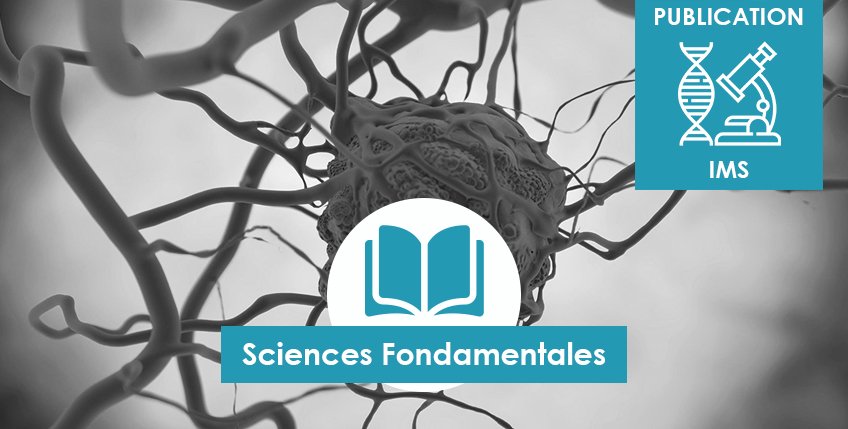MDM2 Antagonists Induce a Paradoxical Activation of Erk1/2 through a P53-Dependent Mechanism in Dedifferentiated Liposarcomas: Implications for Combinatorial Strategies
Cancers (basel), Aug 20
Shomereeta Roy, Audrey Laroche-Clary, Stephanie Verbeke, Marie-Alix Derieppe, Antoine Italiano
doi: 10.3390/cancers12082253
https://pubmed.ncbi.nlm.nih.gov/32806555/
Abstract
The MDM2 gene is amplified in dedifferentiated liposarcoma (DDLPS). Treatment with MDM2 antagonists is a promising strategy to treat DDLPS; however, drug resistance is a major limitation when these drugs are used as a single agent. This study examined the impact of MDM2 antagonists on the mitogen-activated protein kinase (MAPK) pathway in DDLPS and investigated the potential synergistic activity of a MAPK kinase (MEK) inhibitor in combination with MDM2 antagonists. We identified a synergistic effect and identified the mechanism behind it. Combination effects of MDM2 antagonists and a MEK inhibitor were analyzed in a patient-derived xenograft mouse model and in DDLPS and leiomyosarcoma cell lines using different cell proliferation assays and immunoblot analysis. MDM2 antagonist (RG7388)-resistant IB115 [P4] cells and p53-silenced DDLPS cells were also established to understand the importance of functional p53. We found that MDM2 antagonists induced an upregulation of phosphorylated extracellular signal-regulated kinase (p-ERK) in DDLPS cells. The upregulation of p-ERK occurred due to mitochondrial translocation of p53, which resulted in increased production of reactive oxygen species, causing the activation of receptor tyrosine kinases (RTKs). Activated RTKs led to the activation of the downstream MEK/ERK signaling pathway. Treatment with a MEK inhibitor resulted in decreased expression of p-ERK, causing significant anti-tumor synergy when combined with MDM2 antagonists. Our results provide a framework for designing clinical studies of combination therapies in DDLPS patients.
Keywords: MAPK pathway; MDM2; liposarcoma; targeted therapeutics.




